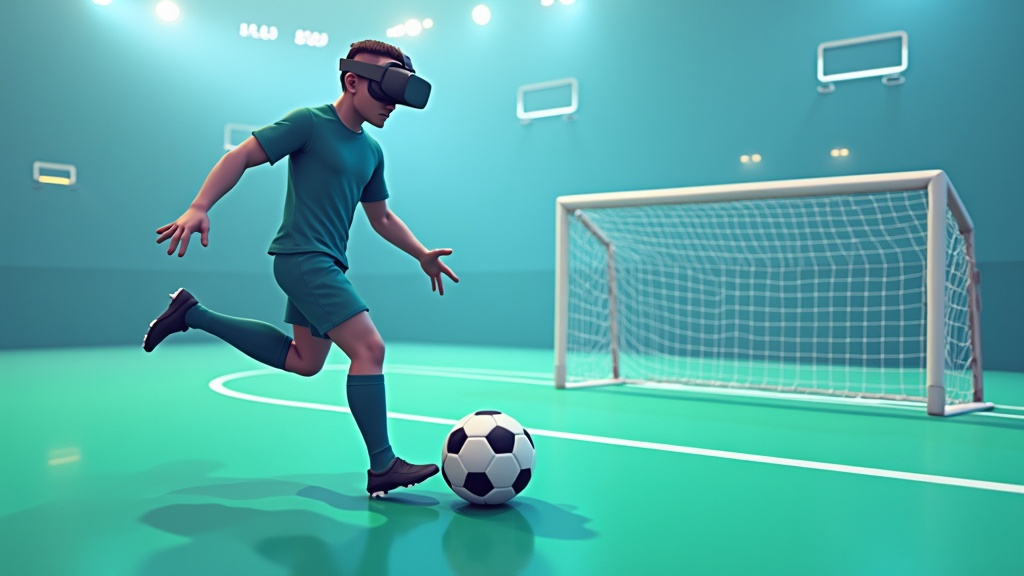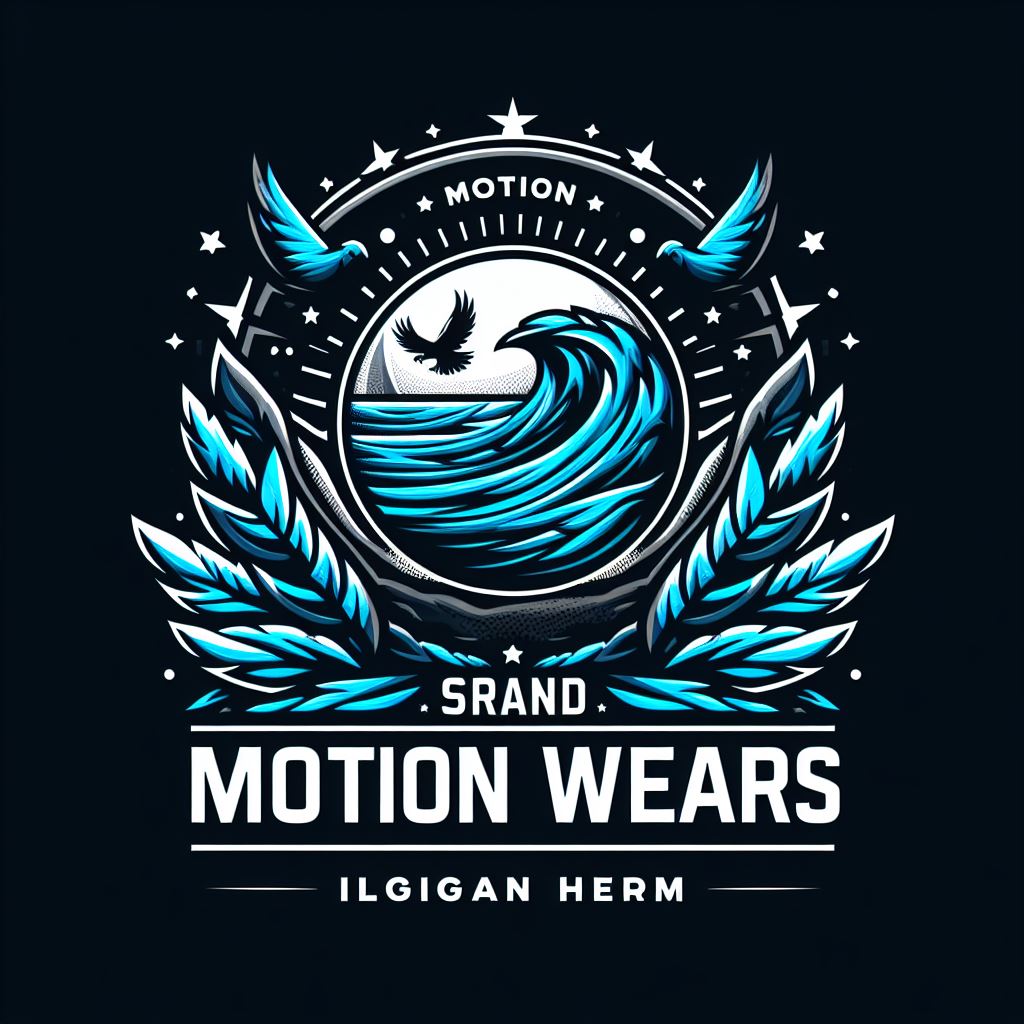
Virtual reality (VR) soccer training tools are changing the way players develop their skills on and off the pitch. While nothing beats getting in those real world kicks and sprints, VR offers a smart supplement. These tools help with everything from footwork to tactical awareness, and even let you get your brain in the game from the comfort of your living room.
Staying sharp during the offseason, recovering from an injury, or just looking for extra practice—VR soccer tools are turning into a go-to resource. They’re not just for professionals, either. Young players, weekend warriors, and serious hobbyists can all benefit.
This article covers the coolest VR soccer training tools, how they actually help you improve, and what to look for if you’re thinking of picking one up. Whether you want to fine tune your shot accuracy, get better at reading the game, or just have a fun way to work up a sweat, there’s probably a tool that can fit your routine.
1. VR Soccer Simulators: Realistic Game Scenarios
VR soccer simulators try to get as close as possible to the real thing. You strap on a VR headset, grab compatible motion controllers, and step into a digital stadium. The best ones track your body movements so that your passes, shots, and even head movements show up naturally in the game.
VR Simulators help with:
- Reading real game situations, like fast breaks or defending corners.
- Mastering set pieces in a pressure free environment.
- Picturing how you’d respond in different positions on the field.
Products such as Rezzil Player and STRIVR are pretty popular in pro and academy circles. I’ve tried Rezzil myself, and the close to reality graphics and fast scenario changes make it really useful for working on quick decision skills. The feeling of being in a packed stadium—even digitally—gives you an edge when you return to live play. These simulators also include challenges that let you try out new tactics without fear of mistakes on the pitch.
2. Tracking and Feedback Features Make a Big Difference
Unlike classic cone drills, VR soccer training tools can actually measure your reactions, shot accuracy, and timing. The right setup gives instant feedback, making it much easier to see if you’re actually getting better.
Features to watch for:
- Shooting accuracy and timing stats after every session.
- Heat maps showing where you make passes, sprints, or turns.
- Performance reports to track improvement over weeks or months.
Some systems even use AI to analyze your movement. For me, seeing the data spelled out in plain stats helped me figure out exactly which parts of my game needed the most work. I spent less time guessing and more time fixing small but important issues. Getting reports directly after a session can be a huge boost for motivation. Many apps let you set personal benchmarks to match up against friends or teammates, adding a social element to your improvement curve.
3. VR Helps With Mental Training and Game Awareness
Soccer’s as much a mental game as a physical one. Training your brain to quickly process field layouts, player runs, and even opponent body language pays off big time. VR tools often include drills that mirror what sports psychologists call “cognitive load”, making split-second decisions, spotting threats, and remembering play patterns.
Apps like BePro11 VR and Rezzil Index toss you into gamelike scenarios. You’ll have to recognize and pick the right passing option, track multiple defenders, or switch tactics depending on the pressure. I particularly liked how some sessions made me work under a countdown timer, which added a real sense of match day intensity. With repeat sessions, your mental speed on the pitch gets a serious boost, even if you’re away from your regular training grounds.
4. Ball Control Training in Virtual Environments
Not all soccer VR is about high level tactics or mental skill. Some platforms are all about the basics. Practicing ball control, passing, and dribbling skills in VR helps keep things fresh and removes a lot of weather, space, and equipment roadblocks.
Types of ball control VR drills:
- Passing accuracy scenarios with moving targets.
- First touch challenges, getting the ball under control under time pressure.
- 1v1 or dribbling moves to test your footwork.
While VR can’t fully match working with a real ball, having digital practice options comes in handy when fields aren’t accessible or you’re stuck at home. Some setups let you kick a real ball with sensors, so you get the feedback and feel of a regular training session. Others use weighted controllers to mimic ball handling, making each move more realistic. Even simple balance and movement drills can be done in VR to keep your core and lower body strong for when you get back to the pitch.
5. Customizable Training Plans for Different Skill Levels
VR tools aren’t one size fits all. Most good training apps let you dial in your age, skill level, and position. So, if you’re a striker looking to sharpen your finishing or a defender working on positioning, there’s a drill just for you. Many apps even have beginner, intermediate, and advanced paths to keep you challenged as you improve.
What stands out to me is how some apps create training plans based on your past performance. After a few sessions, the software knows your weaker spots and pushes you to improve them. You get to progress at your own pace, without any pressure from coaches or teammates watching you in real time. Some apps send you reminders for your next session, helping to build good habits. A few even offer video analysis alongside your VR drills, giving you extra insight into your movement and technique.
6. Practical Tips for Using VR Soccer Training Tools
Getting the most out of VR training isn’t all about buying the fanciest setup. Here are a few tips I’ve picked up after spending a lot of time trying different systems:
- Short, regular sessions usually help more than long, occasional play.
- Pair VR sessions with real world practice, don’t skip physical drills.
- Check for compatibility with your VR headset (Meta Quest, HTC Vive, PlayStation VR, etc.).
- Read reviews and look for trial versions before spending big.
- Some apps improve if you use simple add ons, like a weighted controller or a Bluetooth-enabled soccer ball.
Safety’s always on my radar, too. Take breaks, stretch, and keep an eye on furniture when you’re moving around. VR sessions can be quite a workout if you ramp up the difficulty or play intensely. Don’t forget to check your headset’s fit to avoid headaches, and always make sure your playing space is clear before getting started.
7. What to Look For When Picking a VR Soccer Trainer
There’s a bit of a learning curve when choosing which VR soccer training tool fits you best. Here are a few things that I think really matter:
- User reviews and pro endorsements: If elite teams or coaches use an app, it’s usually a good sign.
- Content updates: Check if the platform adds new drills or scenarios over time.
- Pricing: Some systems have ongoing subscriptions, while others are a one time purchase.
- Customer support: Access to help and troubleshooting can make or break your experience.
- Community features: Leaderboards, challenges, or multiplayer drills add another layer of motivation.
Doing some digging on forums and video reviews helps a lot when making a choice. There’s a big difference between apps with only arcadestyle mini games and ones built for serious skill development. Look for ones with active communities and plenty of feedback from real users. Try to sample demos if you can, or read honest reviews about the realism, fun factor, and long term value.
How VR Training Can Push Your Game Forward
VR soccer training tools deliver a new level of flexibility and detail to soccer development. Practicing tactical awareness, reflexes, or just keeping your soccer brain sharp—all of that is much more accessible than ever. The ability to train any time you want—even late at night or in poor weather—means no lost days for improvement.
I’ve found that combining VR sessions with traditional, hands on practice really rounds out my training. Whether you’re hoping to stand out in your league or just want to enjoy soccer from a fresh angle, VR tech is worth exploring. Trying a few options and mixing them with regular practice might surprise you with how much you improve, both on and off the field. If you haven’t tried VR soccer training yet, now’s a great time to give it a shot and see just how far your skills can go.
What do you think of this VR ? Lets hear your comment below.

